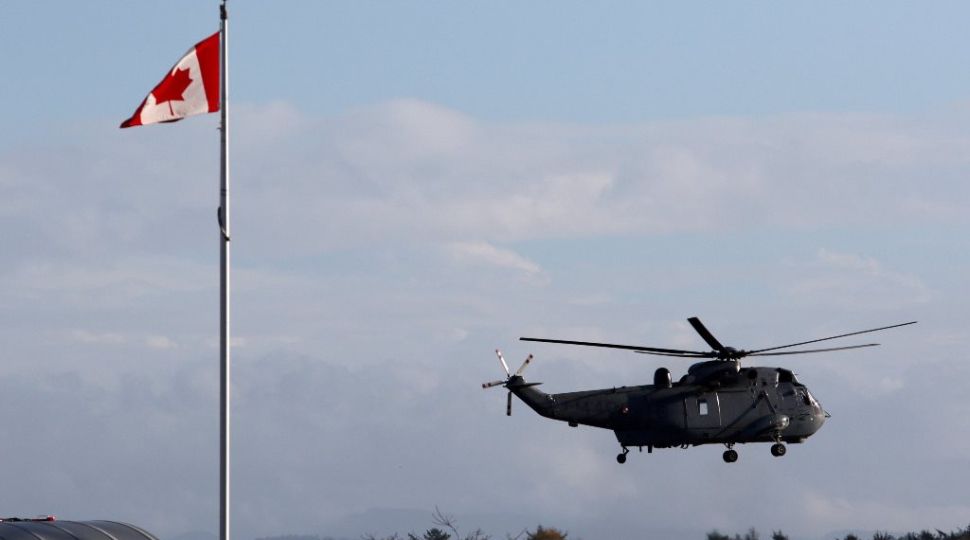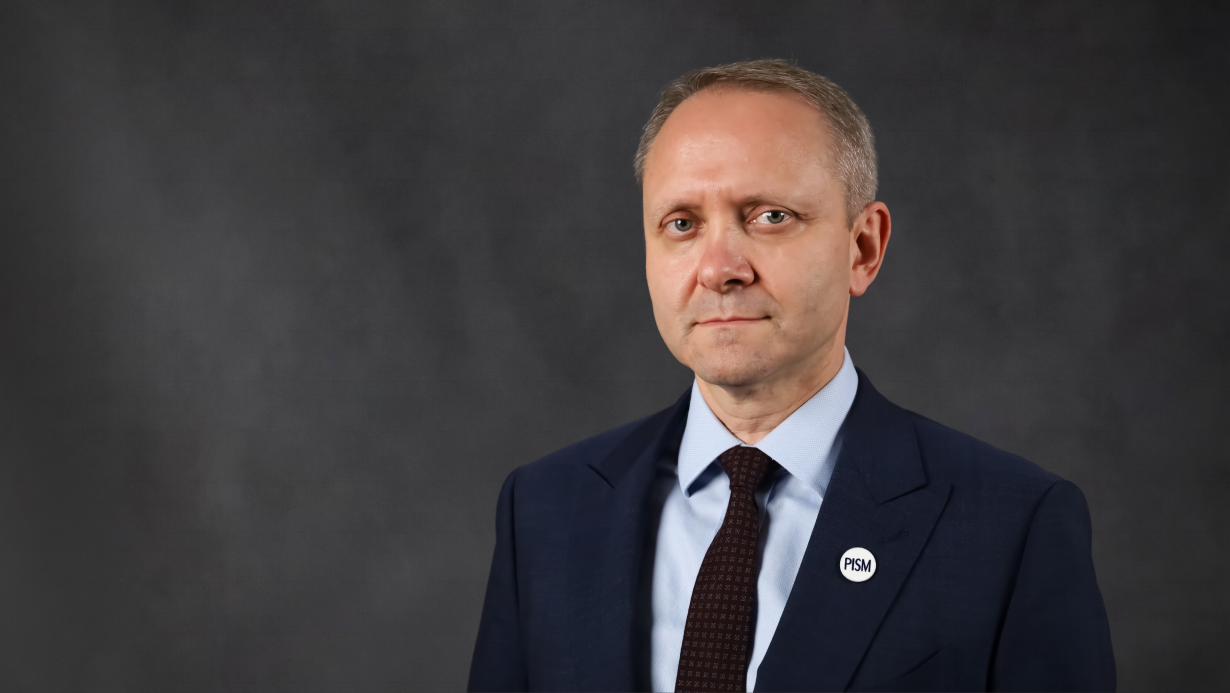Trends in Canada's Defence Policy, and the Significance for NATO

After the October parliamentary election, a decision on the fifth-generation combat aircraft and naval air and missile defence systems can be expected. The latter could open the way for Canada to join the U.S. missile defence system (ABM). The Conservatives, ahead in the polls, are also promising to strengthen Canada's power projection capability. Party leader Andrew Scheer announced investments in new submarines and readiness to join the ABM system. Although bipartisan consensus on strategic investments is growing, both parties will find it difficult to increase defence spending to the NATO agreed level of 2% of GDP.
Redefinition of Policy
Since the collapse of the USSR, the importance of NATO for Canada’s security has decreased. Canada focused on bilateral relations with the United States, and on broader cooperation with five Anglo-Saxon countries (Australia, Canada, New Zealand, the U.S. and the United Kingdom). After the withdrawal of Canadian troops from Europe in 1993, the development of expeditionary capabilities and the fight against terrorism became a priority. Nevertheless, the Liberals declined to join ABM, which could help protect forces during expeditionary operations, as some experts warned that it could also encourage the U.S. to abuse military power. In 2008, the Conservatives published a defence strategy (Canada First), without a single reference to NATO. They also withdrew Canada from two major NATO systems, to monitor threats in the airspace (AWACS) and on the ground (AGS). In 2013, Canadian defence spending fell to 0.99% of GDP, one of the lowest in the Alliance.
The development of Russian and Chinese military potential of Russia and China, and the resulting increase in the threat of conflict in Europe and Asia, enforced a change in Canadian security policy. After the annexation of Crimea by Russia, Canada’s Liberal government took command of a NATO battalion battle group in Latvia, where it deployed about 450 soldiers. Canadian Air Force for the first time joined the Baltic Air Policing mission and a similar mission in Romania. In 2018, the decision was made to return to the AWACS system, although with much lesser involvement (25 staff members instead of 120). As a country with a powerful Ukrainian diaspora, Canada also began to provide support to Ukraine, for example by deploying 200 soldiers as part of a bilateral training mission (UNIFIER).
Canada has introduced changes to its Arctic policy as well. It has traditionally opposed the Alliance’s involvement in the region for fear that it will impede her claims to sovereignty over the Northwest Passage. This in turn made it difficult for the Alliance to plan missions in the Arctic. NATO was also unable to use its full political potential to challenge Russia, which consistently strengthens political and military control of the Northern Sea Route, a potential future alternative to traditional shipping lanes between Europe and Asia. Canadian security strategy from 2017 allows the possibility of NATO exercises in the Arctic, and indicates the need for better monitoring of threats in cooperation with the Allies.
Canada also joined U.S. efforts to counter Chinese attempts to take control of the South China Sea. The participation of Canadian ships in naval exercises in the region indicates a readiness to project power globally, beyond the Euro-Atlantic region. However, as long as Canada has only one logistics support vessel, its ability to support operations in the Asia-Pacific and Europe simultaneously is limited.
New Investments and Political Challenges
According to the recent security strategy, Canada’s defence spending is expected to increase from $17 billion in 2016 to $24 billion in 2026. Over 30% (compared to about 10% now) is to be spent on modernising equipment. Planned investments include replacing 77 F/A-18 Super Hornets with 88 fifth-generation aircraft, 15 large surface combatants and the purchase of two logistics support vessels, which would allow the navy to operate simultaneously in Asia and Europe. A fleet of five Arctic and offshore patrol ships will be augmented with another vessel. Intelligence and reconnaissance capabilities (including satellite and unmanned systems) and special forces will be strengthened.
The priority is the modernisation of the North American air defence system (NORAD), maintained with the United States, to which Canada contributes nearly 50 radar units. Modernisation should ensure that an attack by Russia using new types of missiles (cruise and hypersonic) could be detected. The decision of the Trudeau government to choose the British Type 26 frigate as a new surface combatant, and recommendations of the parliamentary defence committee on the ship’s armaments, may facilitate a decision to include air and missile defence systems, which only a few Alliance members currently possess.
However, the decision on new combat aircraft poses a considerable political risk for the Liberals. In 1997, Canada joined the F-35 fighter development programme, and in 2010 the Conservatives announced that F-35s would replace the fleet of ageing Super Hornets. Lack of transparency in the selection process and the high costs of the programme were used by the Liberals to overthrow Stephen Harper’s government in 2011. In the Liberal election manifesto in 2015, Justin Trudeau promised transparent procurement but at the same time ruled out the purchase of the F-35, indicating limitations relating to the cost and the aircraft’s stealth and surprise attack capabilities. The provisions of the new strategy, which underline Canada’s commitments under NORAD and NATO, may help the Liberals change their policy after the October parliamentary election.
Prospects for NATO and Conclusions for Poland
Canada can make a significant contribution to NATO’s collective defence capability in Europe, and to the Allie’s ability to deter Russia. The modernisation of the NORAD system is a necessary element of the credibility of the U.S. nuclear deterrent. The Canadian navy can support the deployment of U.S. troops to Europe by sea, and provide additional protection for aircraft carriers. The purchase of the fifth-generation fighter and the ABM system could enable the defence of troops against missile attacks during operations in Europe and Asia. Such decisions would determine Canada’s role in NATO and its relations with the U.S. for decades. Their implementation may, however, require a further increase in defence spending, which is opposed by the majority of public opinion. According to the latest plans, defence spending is to reach the level of 1.47% of GDP in 2024, below the 2% pledged by the Allies during the 2014 NATO summit. Failure to meet these obligations might not only hinder the implementation of ambitious investments, but also contribute to political tensions within the Alliance.
It is in Poland's interests to consolidate the Canadian military presence in Europe and its ability to support larger military deployments from North America. Current military cooperation between Poland and Canada (participation of Polish troops in the Canadian-led battalion combat group in Latvia, regular exercises of the Polish 6th Airborne Brigade in Arctic conditions in Canada, and training activities in Ukraine) could be used to deepen political relations, stimulate regular expert discussions on strategic threats related to Russia and China, and ensure necessary long-term investment in military capabilities.


